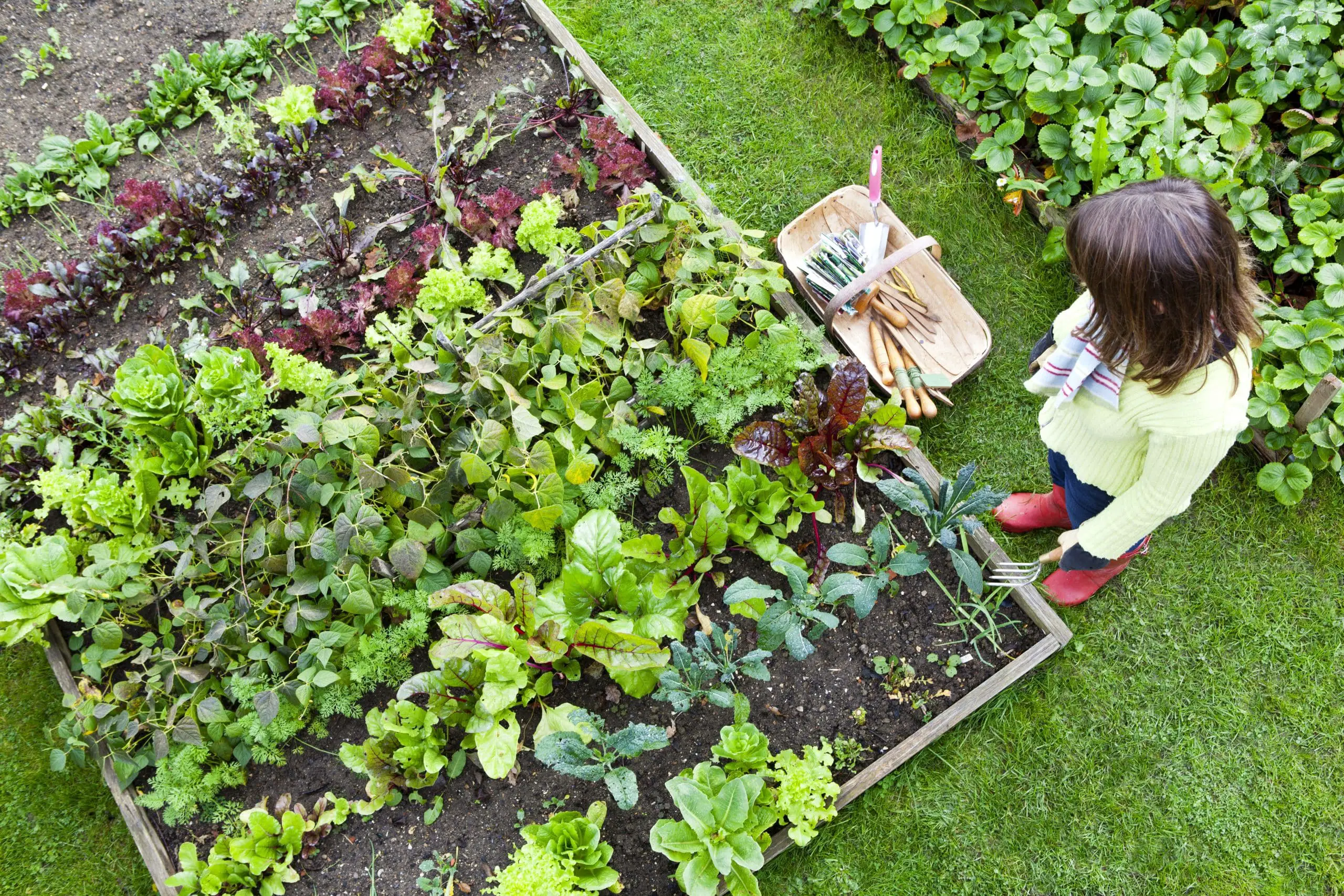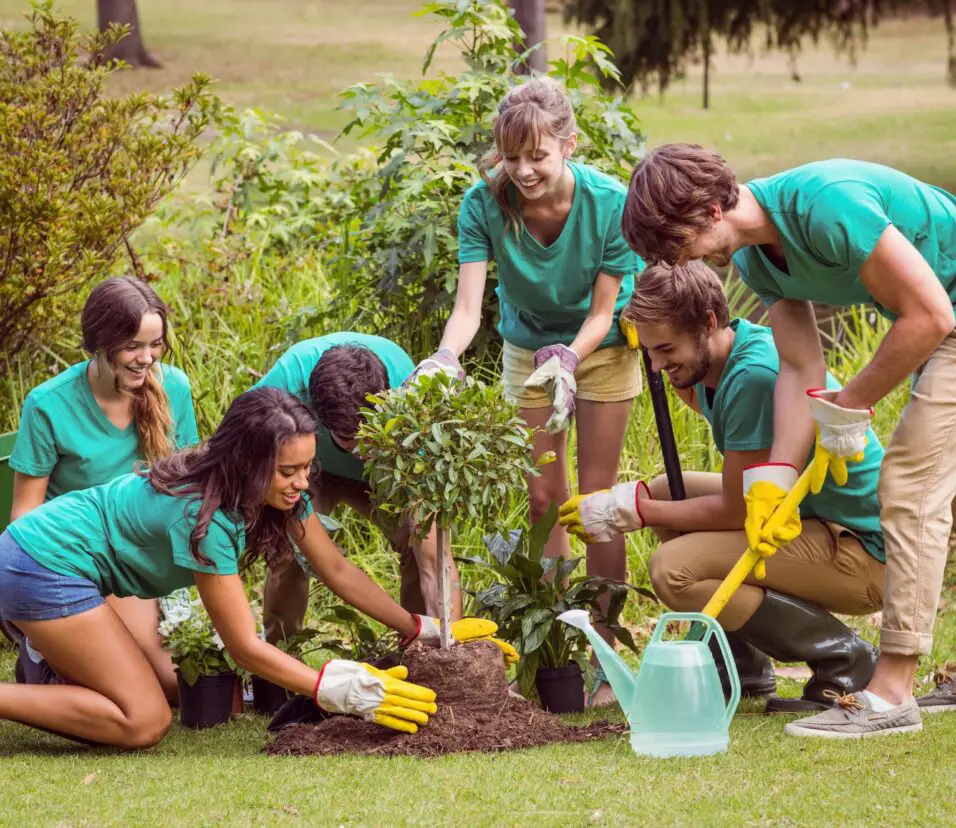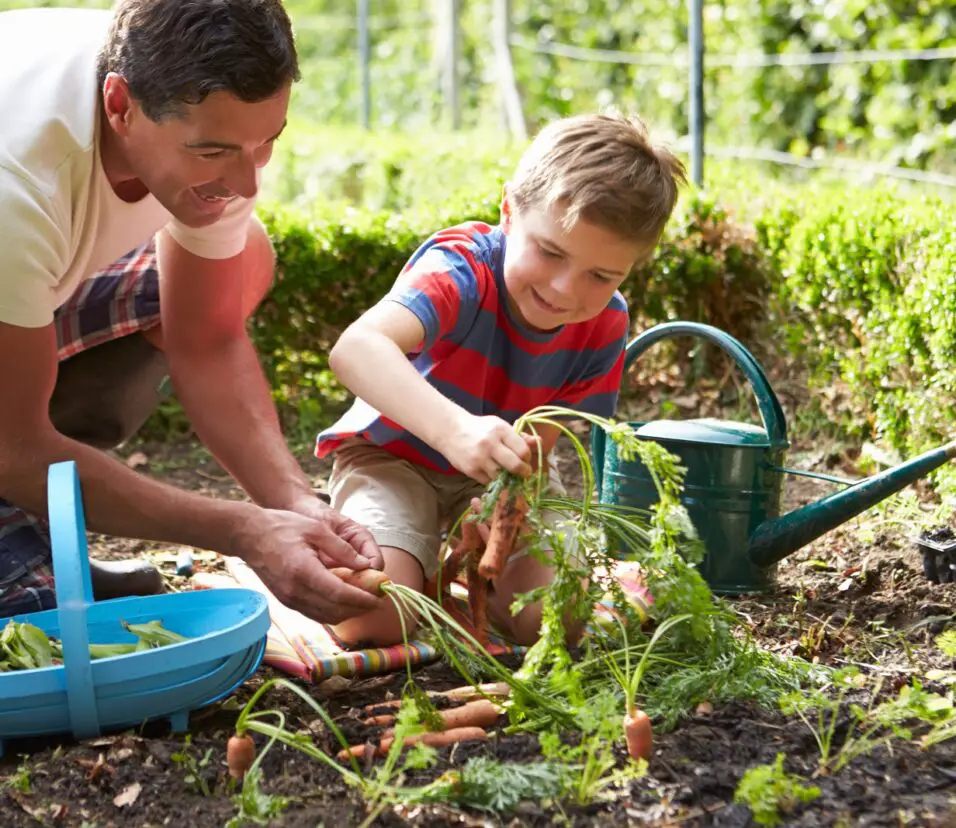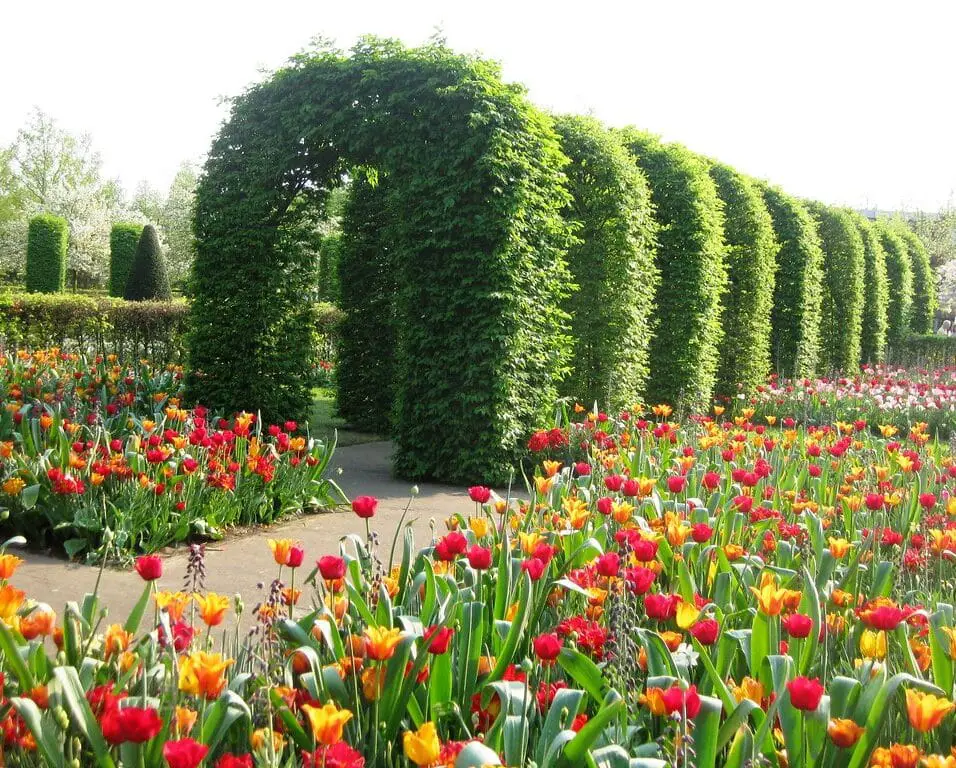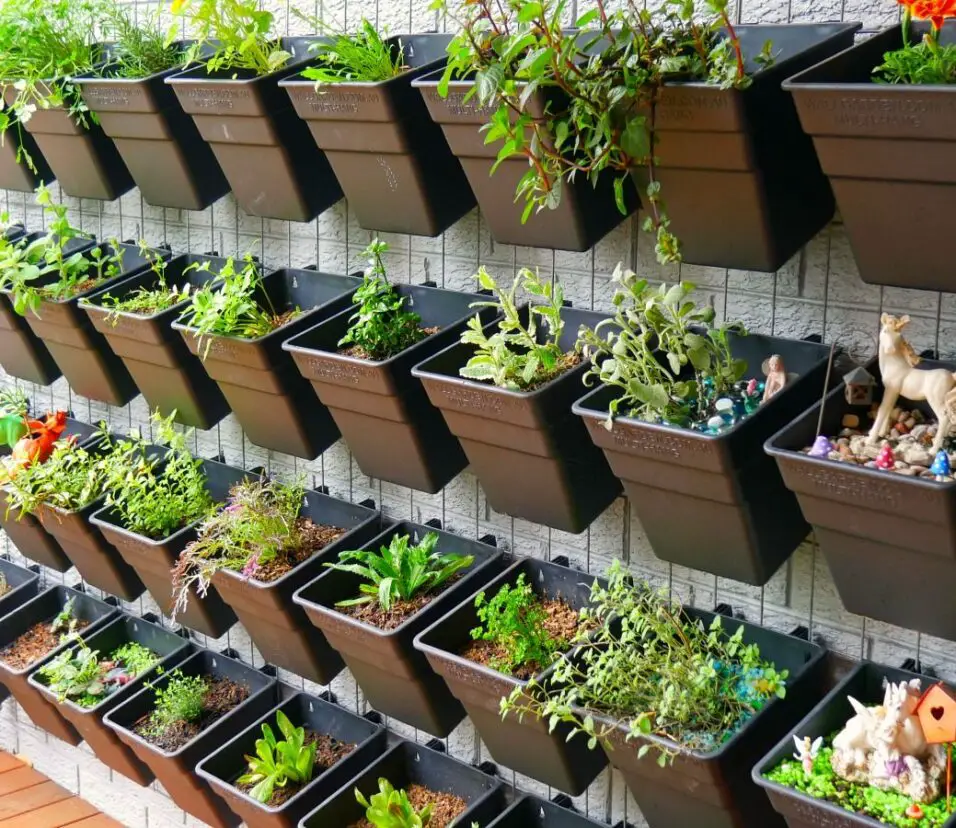What Does Thin Mean In Gardening
Introduction
The Meaning of Thin in Gardening: In the complex world of horticulture, where every seed has the promise of life and every sprout contains the possibility for abundance, “thin” is both a metaphor for growth and scarcity. Beyond its simple meaning, “thin” in gardening encompasses a wide range of activities and ideas essential to plant health.
As experienced horticulturists and enthusiastic master gardeners know, thinning is a smart move that helps the remaining plants thrive. This method removes superfluous seedlings or immature plants to provide the chosen ones space, nutrients, and resources to develop. The gardener orchestrates a symphony of growth by carefully culling, giving survivors freedom to establish strong roots, stems, and yields.
But “thin” also shows its reflection and discernment side. Thinning leads to sustainable behaviors that challenge consumption, waste, and resource allocation in a world with environmental issues and limited resources.
This study explores the art and science of thinning in gardening and its effects on growth, sustainability, and ecological harmony. Join us as we explore the significance of “thin” in gardening and how it may lead to a lush, healthy world.
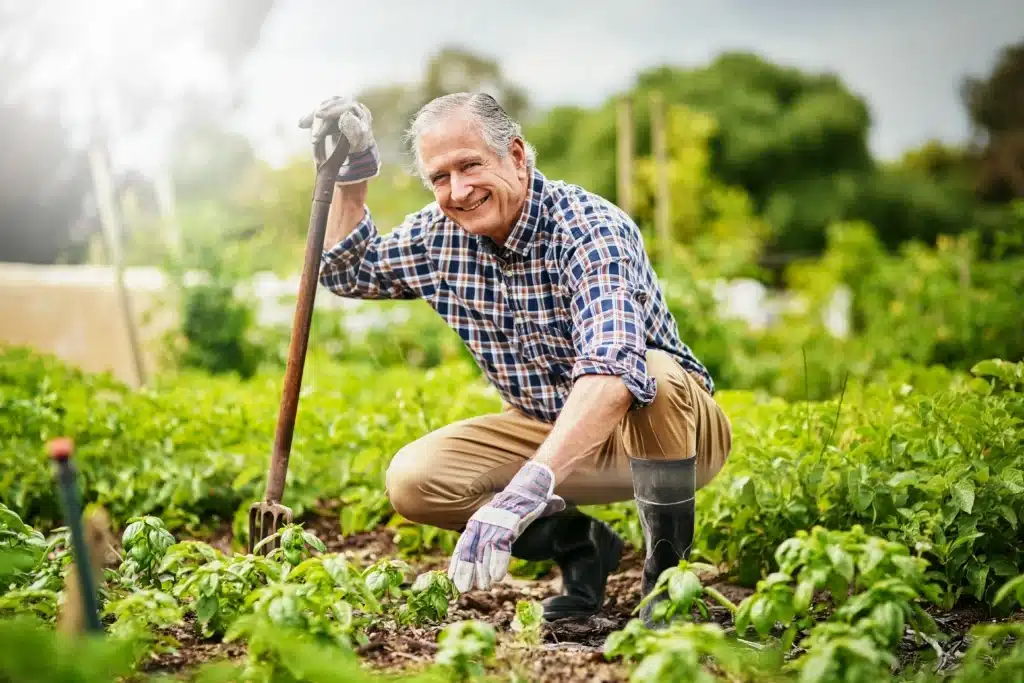
What is thin in gardening?
Simply thinning out a space allows each plant to get the materials it needs to develop healthily.
In gardening, “thin” means eliminating surplus seedlings or young plants to establish proper space. The remaining plants need this technique to flourish properly. Gardeners thin to provide each plant enough sunlight, nutrients, water, and air. Stronger root systems, healthier foliage, and higher yields result.
Thinning normally occurs after the first few genuine leaves appear on seedlings or young plants. Weeding out weak or undesirable plants leaves the strongest and healthiest ones. This selective removal lowers plant competition and pathogens that thrive in dense, damp settings. Gardeners must thin to maximize yield quality and provide an environment where plants can thrive.
What does thin mean on a seed packet?
Thinning refers to pulling out some plants once they sprout. If you see thinning instructions on the packet, you should plant seeds more closely together so you can thin them to the appropriate space once they sprout.
On a seed packet, the term “thin” holds a significant instruction that guides gardeners in achieving optimal plant growth and successful harvests. “Thin” on a seed packet refers to the process of selectively removing excess seedlings that emerge after sowing the seeds. It is a crucial step to ensure proper spacing and healthy development of the remaining plants.
Thus, the “thin” directive instructs gardeners to delicately uproot and remove some seedlings to make place for the others. Thinning allows selected seedlings to grow strong root systems, sturdy stems, and abundant foliage by preventing competition for sunshine, water, and nutrients.
Thinning seeds according to the packet’s instructions improves garden health and productivity. It boosts plant strength, yields, and garden life. This follows the age-old idea that fostering a few selected individuals with care gives better outcomes than letting a dense, unmanaged population struggle for existence.
When and how to thin plants?
Use garden snips or a scissors to thin out crowded seedlings. Nobody likes to thin seedlings. It’s fussy work, and always hard to decide which ones to save and which to toss. Here’s and easier way: When the first true leaves appear, snip off the extra seedlings at the soil line.
When plants have their first genuine leaves but are still small and manageable, thin them. This stage helps you select the strongest and healthiest seedlings for retention, improving success odds.
Start by gently removing the dirt around undesired seedlings with a tiny tool or your fingers to thin plants. Lift unwanted seedlings from the earth without disturbing nearby plants. Instead of taking seedlings out, pinch or snip them at soil level to avoid disturbing surrounding plant root systems.
Thinning should leave enough space between seedlings according to the seed packet or gardening guidelines. Proper spacing promotes strong root systems, healthy foliage, and good air circulation without overpopulation.
Thinning is about selectively nurturing the most promising plants, not merely removing them. Thinning may seem paradoxical, but healthier, more aggressive plants will make your garden thrive.
What does thin soil mean?
Echinacea tennesseeinsis, a local native, thrives on shallow soil under cedar trees.
Thin soil, also called “poor” or “shallow” soil, lacks depth and nutrients for plant growth. The restricted layer of healthy topsoil in this soil provides plants with nutrients, water retention, and aeration.
Thin soil is usually caused by erosion, where wind or water slowly removes the topsoil layer, or by rocky or compacted subsoil. Plants in shallow soil may struggle to produce deep root systems, restricting their water and nutrient access. Stunting, limited flowering, and lesser yields often follow.
Add compost or well-rotted manure to thin soil to improve its structure and nutrients. Mulching helps conserve moisture and prevents soil erosion. Gardeners can improve thin soil conditions to keep plants healthy and alive.
How does the practice of thinning impact the overall growth and development of plants in a garden?
Thinning ensures that each retained plant has enough sunlight, nutrients, water, and air to thrive.
Thinning minimizes overcrowding, which can stunt development by causing plant competition for resources. Densely packed plants may stretch toward the light and become spindly and feeble. Thinning gives plants enough space to grow strong roots, powerful stems, and abundant foliage. This improves their nutrient and water absorption and pest and disease resistance.
Thinning improves plant health by increasing air circulation and minimizing fungal diseases. Thinning allows each plant to reach its full genetic potential, resulting in healthier, more productive plants and a vibrant landscape.
How does thinning contribute to reducing the risk of diseases and enhancing plant health?
Thinning reduces disease risk and improves plant health in a garden ecosystem. Gardeners reduce pathogen growth by deliberately removing surplus seedlings or crowded plants.
Overcrowded plants have dense foliage that inhibits airflow, traps moisture, and provides a damp microenvironment perfect for fungal and bacterial infections. Thinning away extra plants opens up the canopy, allowing air to flow and reducing moisture buildup. This dry atmosphere hinders pathogen growth.
Thinning helps maintain plant space, limiting disease transmission through direct contact or water droplets. When plants are spaced properly, they don’t rub against each other, reducing pathogen access opportunities.
Thinning also minimizes plant stress from competing for nutrients and water. Since stressed plants are weaker, pathogens can easily infect them. Thinning boosts immune systems and vigor by giving selected plants enough room and resources to flourish and recover from infections.
Thinning creates an atmosphere that prevents disease development while promoting the health of the chosen plants, creating a thriving and disease-resistant garden.
Could you elaborate on the ecological implications of thinning in gardening and its parallels to sustainable practices?
Thinning in gardening carries significant ecological implications that align with principles of sustainability. Just as selective thinning fosters the growth of healthier plants by removing excess ones, it mirrors sustainable practices that prioritize resource efficiency and environmental harmony.
In an ecological context, thinning reflects the importance of maintaining biodiversity and preventing overconsumption. By carefully selecting and nurturing specific plants, gardeners mimic nature’s processes of species selection and adaptation. Similarly, in sustainable practices, resource allocation emphasizes quality over quantity, akin to thinning’s emphasis on fostering a few well-developed plants over a multitude struggling for resources.
Moreover, the act of thinning prompts us to reflect on consumption patterns. Just as a garden thrives when excess plants are pruned, sustainable living thrives when unnecessary consumption is curbed. Thinning encourages mindful choices, echoing the need for sustainable consumption to conserve resources for future generations.
Ultimately, thinning in gardening embodies an ecological lesson – that nurturing a balanced ecosystem enhances resilience and vitality. It underscores the necessity of thoughtful resource allocation, reflecting the broader imperative of sustainable practices for a thriving planet.
What lessons can we draw from the concept of thinning in gardening and apply to broader aspects of life and resource management?
Thinning in gardening teaches life and resource management principles that go beyond the garden. Similarly to thinning, which entails removing surplus plants to promote healthier ones, this approach teaches us to prioritize quality over quantity in life.
The focus is on resource allocation. Thinning optimizes growth by efficiently dispersing resources and encourages wise time, energy, and financial management. Prioritization helps us focus on what matters, supporting personal and professional growth.
In addition, thinning emphasizes resilience. Thinning shows us that space for development and flexibility is crucial by letting selected plants thrive. We must build adaptability to handle challenges and transitions gracefully.
Thinning promotes sustainability. Like a garden, our planet thrives when we consume mindfully and manage resources sustainably. We may improve the earth for future generations by recognizing the delicate balance between abundance and scarcity.
Thinning teaches us to live more purposefully, adaptably, and sustainably beyond gardening.
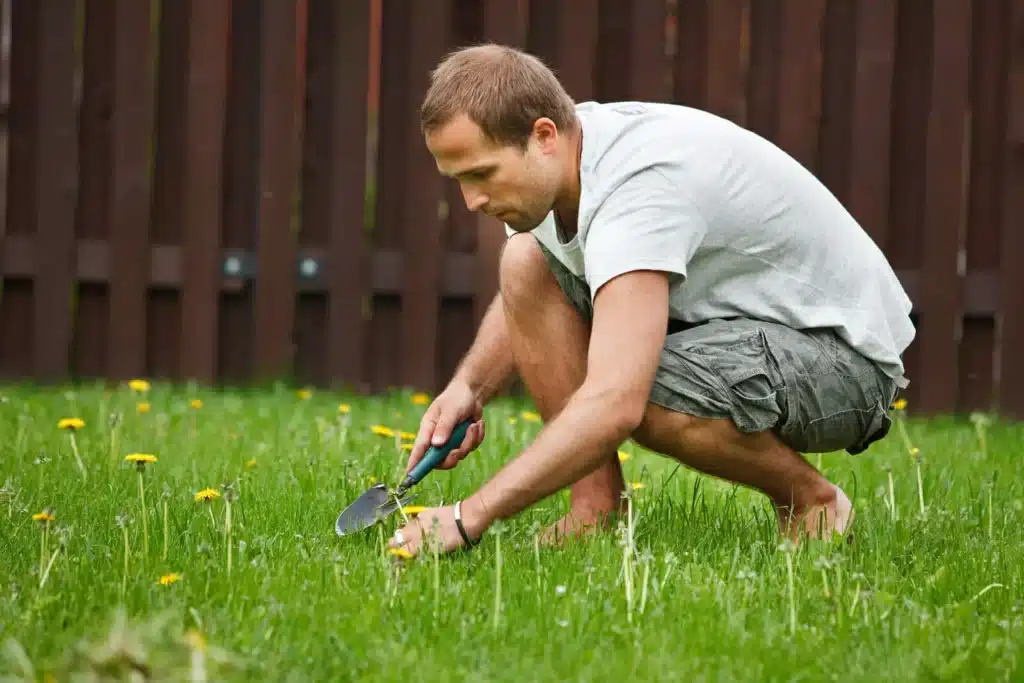
Conclusion
As we draw the curtains on our exploration into the multifaceted concept of “thin” in gardening, we find ourselves enriched with a tapestry of insights that transcend the boundaries of soil and seedlings. The act of thinning, both an art and a science, has unfurled its leaves to reveal profound parallels and lessons that resonate across the spectrum of human experience.
In the garden, we witness the dance of selection and nurture as thinning seedling carves a space for the chosen ones to thrive. Beyond the garden bed, we discern echoes of prioritization, where investing our energies in the essential fosters growth and success. As we witness plants flourishing in the absence of competition, we learn the art of resource management, discovering that judicious allocation of resources fuels prosperity.
Yet, thinning’s embrace extends further, embracing the principles of adaptability and sustainability. Just as resilient plants adapt to their surroundings, so must we adapt to life’s challenges. The ethos of sustainability, where a balanced ecosystem thrives, finds its reflection in the garden’s lessons, guiding us towards stewardship of our planet.



